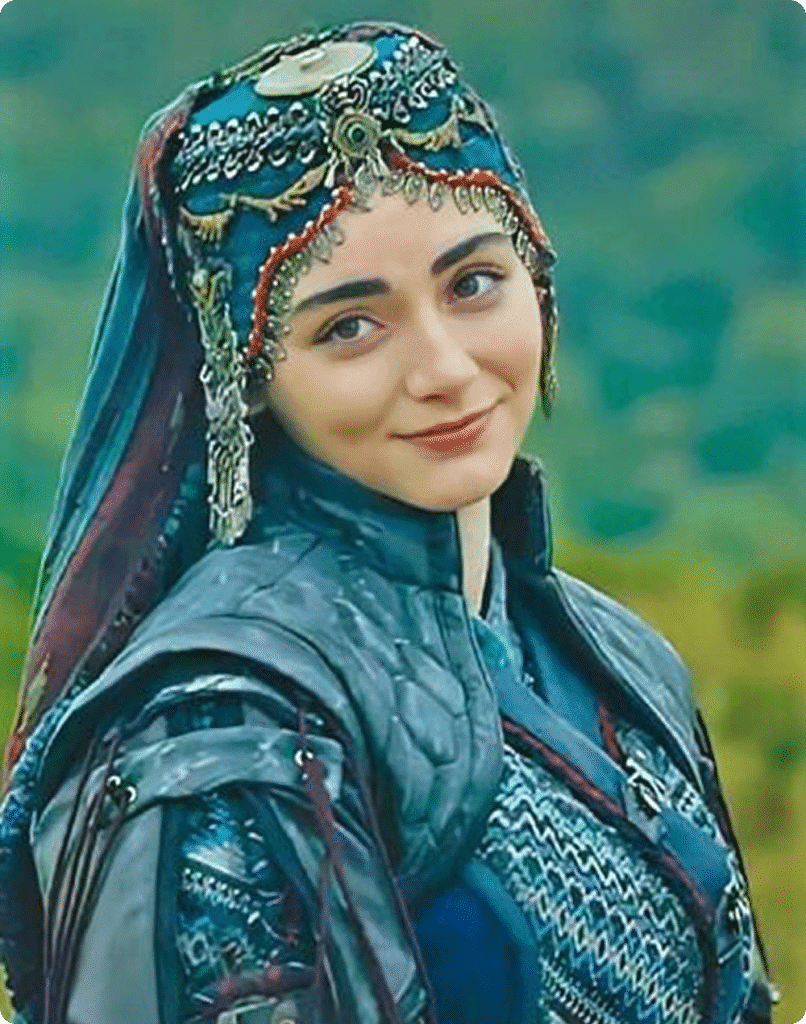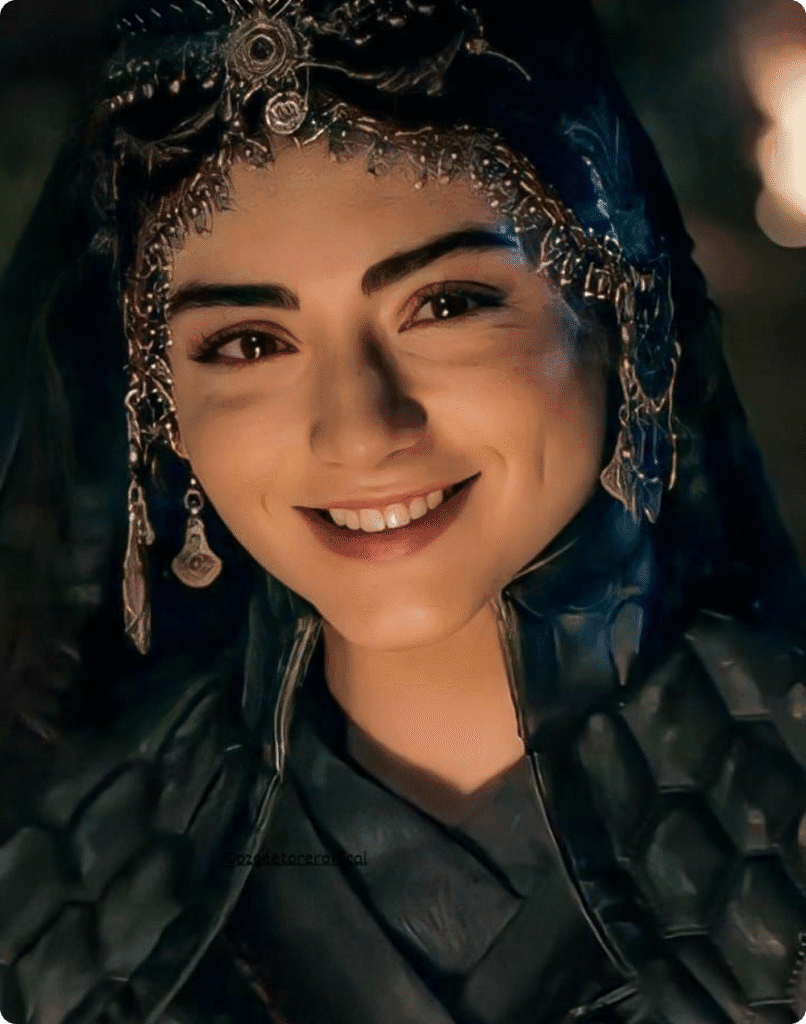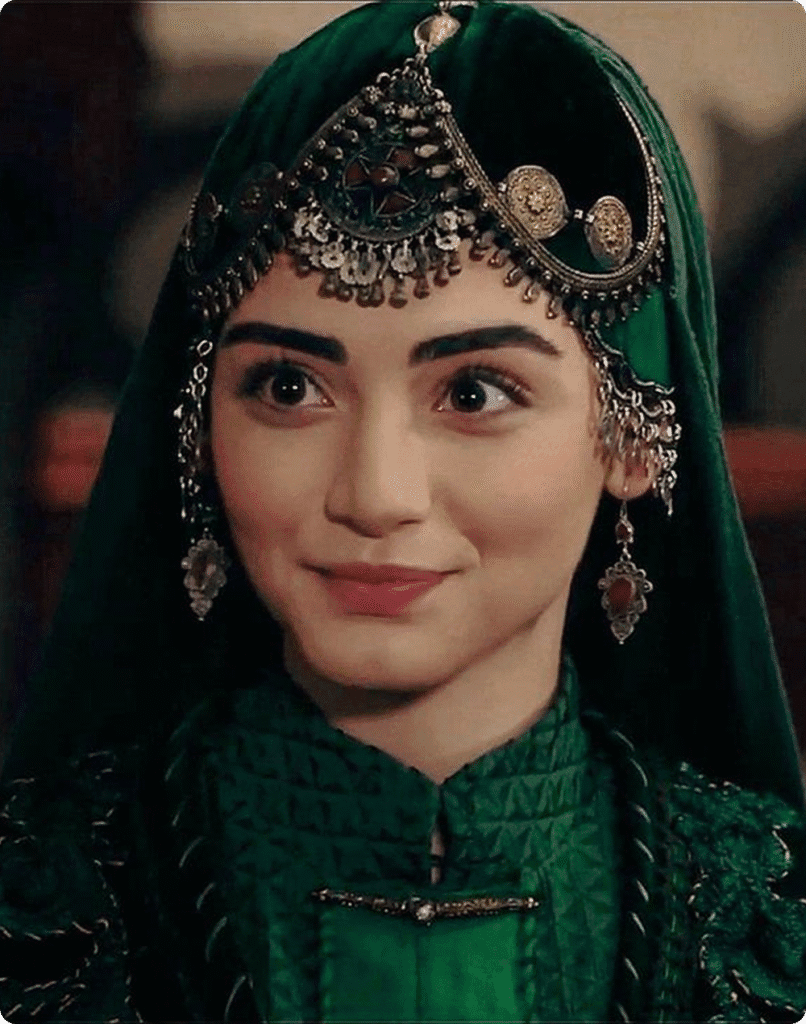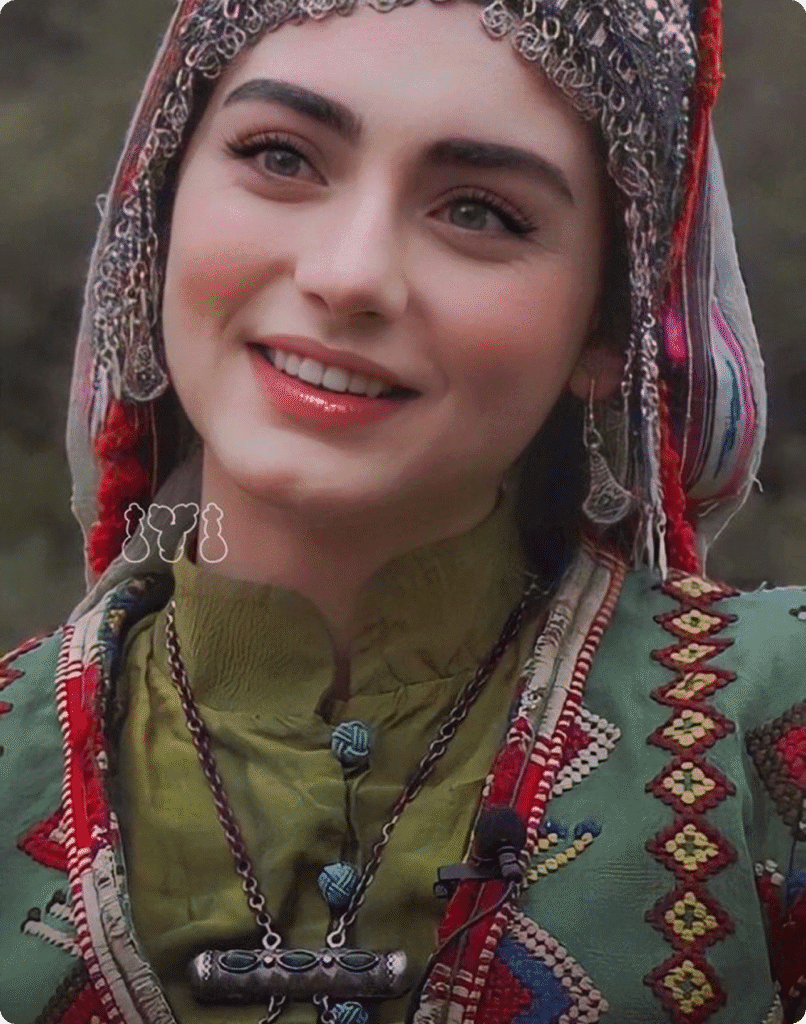Bala Hatun - A clear, simple and updated biography




Bala Hatun (also known as Rabia Bala Hatun) is remembered as the wife of Osman Ghazi, the founder of the Ottoman state, and the daughter of the famous scholar Sheikh Edebali. In Turkish drama Kuruluş: Osman, she appears as a brave, principled, and deeply spiritual figure who stands beside Osman through many tests. This biography brings both sides together—what we know from history and how the TV series shows her—so your readers get a full picture in easy, natural English. Where helpful, I’ve included trusted sources.
Who was Rabia Bala Hatun? (History in short)
Historically, Bala Hatun is recorded as the daughter of Sheikh Edebali, a respected Sufi leader and early adviser to Osman. Sources place her death around January 1324. She was buried in Bilecik, in the same complex where her father’s tomb stands. Visitors today can still see this site. These details—marriage to Osman, death date, and burial in Bilecik—are the simplest, most agreed facts about her life.
Family and early life
We do not have many day-to-day details about her childhood. But her family’s role is clear. Sheikh Edebali’s network linked religious learning, trade ethics, and social guidance. That link helped the young Ottoman beylik shape its values. Through this network, Bala Hatun’s marriage to Osman was not only a family bond; it also symbolized a bridge between spiritual leadership and political leadership.
Children
Most historians say Bala Hatun was the mother of Alaeddin (Alaeddin Ali Pasha). Alaeddin did not become ruler after Osman; his half-brother Orhan did. Alaeddin is often described as thoughtful and focused on state affairs rather than war. He is said to have died in 1331 and was buried in Bursa.
Names in the sources (Bala? Malhun?)
You will see different names in old chronicles. Some writers call Edebali’s daughter “Rabia” or “Bala,” while other important Ottoman chroniclers refer to “Mal” or “Malhun.” Modern summaries explain that sources disagree and may be describing the same person with different names or, in some cases, two different wives of Osman. The TV series chooses to separate them into two characters—Bala Hatun and Malhun Hatun—so viewers can follow both storylines.
Where is her tomb?
Bala Hatun’s tomb is in Bilecik, within the Sheikh Edebali complex. This site includes the sheikh’s tomb, a mosque, and other historical structures. It has been repaired and visited by many over the centuries. For fans of the series and students of history, it is a meaningful stop because it connects the drama to a real place.
Bala Hatun in Kuruluş: Osman (TV portrayal)
In the series, Bala Hatun is one of the most loved characters. She is shown as strong, loyal, and brave, and as a moral compass for Osman. She also represents faith and service to community. Actress Özge Törer played Bala Hatun from the very first season in 2019 and became closely linked to the role. The show airs on ATV and has run for multiple seasons with very high popularity at home and abroad. Wikipedia
Her on-screen journey (simple timeline)
Early seasons: Bala meets Osman in difficult times. She trusts in right and wrong, gives clear advice, and is ready to face danger. The series presents her as someone who stands for justice and community values. Wikipedia
Marriage and leadership at the tribe: Bala and Osman marry. Bala supports the social and spiritual life of the tribe. The series often calls her a leader among women and links her to the Bacıyan-ı Rûm (a women’s organization shown in the drama’s world). Wikipedia
Family: The show follows the birth of Alaeddin and shows Bala as a devoted mother who also takes part in community decisions when needed. (Historically, Alaeddin is indeed listed as her son.) Wikipedia
Conflicts and alliances: As the story grows, new enemies appear. Bala is again and again put into tests—sometimes political, sometimes personal. The writers use her to show patience, courage, and faith during crises. Wikipedia
Big plot turn in 2025
In February 2025, the series shocked viewers with a burning-hut scene connected to Begüm Hatun. The episode strongly suggested Bala’s death, and Turkish and English entertainment outlets covered it as a devastating moment. Some reports and fans discussed if it was a trick or a misdirection, but the broad headline was the same: Bala appeared to die in the fire. OnedioHaberler
A few months later, in August 2025, reliable Turkish media reported that Özge Törer had officially said goodbye to the role ahead of the new season. News sites explained the show would have major changes (including a time jump), and that Törer would not be in the next season. This confirmed her exit from the series and closed the door on her version of Bala Hatun, even if the writers adjust events inside the story world. T24Haber7
Simple note for readers: This is a difference between “history” and “drama.” Historically, Bala Hatun died in 1324 and is buried at Bilecik. The TV series built a dramatic death scene in 2025 and then the actress left the show. These are two separate timelines—one real, one fictional.
What made Bala Hatun special? (Character traits)
Faith and ethics: She is calm but firm, rooted in the teachings of her father, Sheikh Edebali.
Courage: She stands up to threats without fear. In many fights and political traps, she does not lose hope.
Service to people: The drama often shows Bala guiding women, caring for families, and keeping order in the tribe.
Loyalty: Her loyalty to Osman is steady. She supports him in leadership while also speaking the truth when needed.
Motherhood: Bala’s role as the mother of Alaeddin is central. It gives the character a warm, human side that balances the war scenes.
Bala Hatun vs. Malhun Hatun: why it matters to fans
Many new viewers ask, “Who is the ‘real’ wife who gave birth to Orhan, and who is the mother of Alaeddin?” In short:
History: Old sources use different names, which creates confusion.
Series choice: The show separates them into two clear characters. Bala is linked to Edebali and spiritual leadership; Malhun is often linked to tribal alliances and politics.
Outcome: This storytelling choice helps the audience follow both threads without getting lost in the name debate inside medieval texts.
Visiting today: the Bilecik connection
If you plan a travel section on your site, you can add a short guide:
Location: Sheikh Edebali Tomb Complex, Bilecik, Türkiye.
What to see: Edebali’s tomb, a small mosque, and nearby points of interest related to early Ottoman history. Bala Hatun’s tomb is also there.
Why it matters: It links the popular TV story to a real place and helps readers feel the roots of the Ottoman founding period.
Quick facts (at a glance)
Name: Rabia Bala Hatun (also written as “Bala,” sometimes “Rabia”)
Father: Sheikh Edebali
Husband: Osman Ghazi (Osman I)
Child: Alaeddin (Alaeddin Ali Pasha)
Died: 1324 (Bilecik)
Burial: Bilecik, at the Sheikh Edebali complex
TV portrayal: Özge Törer in Kuruluş: Osman (2019–2025)
Exit from show: Reported in Aug 2025 as the series prepared for a new season with major changes.
Conclusion
Bala Hatun stands at the meeting point of faith, family, and the birth of a new state. History gives us a short, clear outline: daughter of Sheikh Edebali, wife of Osman, mother of Alaeddin, buried at Bilecik. The series Kuruluş: Osman builds on that outline and turns it into a long, emotional journey. For many viewers, Bala is the heart of the story—calm, brave, and true.
If you want, I can now format this for your site with a short meta description, an SEO-friendly slug, and a small FAQ schema block. I can also add internal links to your other posts about Osman, Malhun Hatun, or Alaeddin to help with user flow and search.
FAQ's
What happened to Rabia Bala Hatun?
Historically, she died around 1324 and was buried in Bilecik near Sheikh Edebali’s tomb. In the TV series, a later episode shows a dramatic death; that is fiction for the story.
Who did Osman love most?
Sources differ. Some say Bala Hatun first; others say Malhun Hatun. Because records are thin, modern writers keep both as separate wives without fixing the order.
Who was Osman’s first wife?
Later tradition says Holofira was a Byzantine noblewoman connected to a local fortress. After Ottoman success in the region, she married Orhan and became known as Nilüfer Hatun, mother of Murad I. Details differ across chronicles, so consider it traditional narrative, not a fully documented event.
Who is the wife of Alaeddin, son of Osman?
Alaeddin (Alaeddin Ali Pasha) is well known, but his spouse is not clearly recorded in reliable early sources.
What is the real name of Bala Hatun?
She is commonly written as Rabia Bala Hatun. You may also see “Bala” alone in summaries.
Does Bala Hatun get pregnant?
Yes—history lists Alaeddin (Alaeddin Ali Pasha) as her son. The series also shows her pregnancy and Alaeddin’s birth.
Who is the best female actor in Turkey?
That’s subjective. Popular, award-winning names include Beren Saat, Tuba Büyüküstün, Demet Özdemir, Hande Erçel, Fahriye Evcen and others—“best” depends on taste and role.

